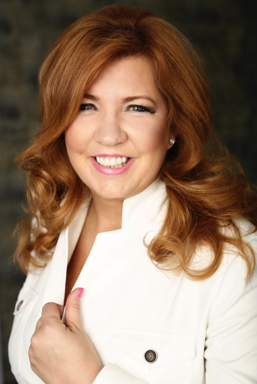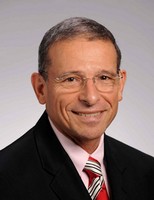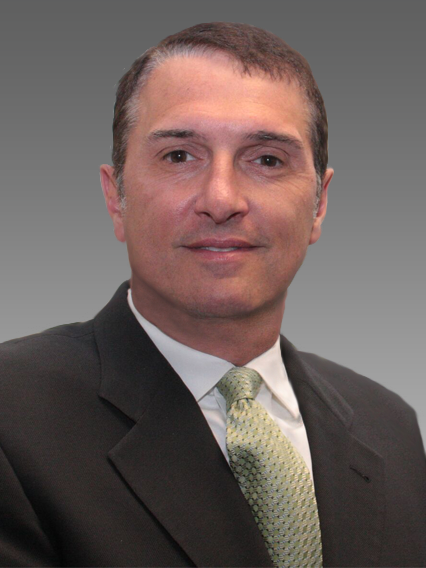Transcripts
 Erik: Joining me now as MacroVoices’ final interview guest for this decade is Dr. Pippa Malmgren.
Erik: Joining me now as MacroVoices’ final interview guest for this decade is Dr. Pippa Malmgren.
Pippa, you have been just on the leading edge of so many things. I think it was two, maybe three, years ago you first started talking about quantum computing. And nobody knew what the hell you were talking about. And of course today it’s one of the hottest stories going. You were really on the leading edge of that.
Now, recently you’ve been paying attention to something called the knowledge-doubling curve. What does that mean?
Pippa: So there is a guy called Buckminster Fuller. He’s the one who invented the geodesic dome.
He was a remarkable scientist who estimated that by the year 1900, the information, the knowledge of the human race was increasing at a rate of about twice every 250 years. In other words, every 250 years you would double the knowledge of the human race.
But by 1900, it was doubling every century. In other words, much faster.
 Erik: Well, folks, last week I promised you for Christmas a good, old-fashioned Art Berman oil special. So crude oil is going to be the topic of the day and, of course, petroleum geologist Art Berman, a very good friend of MacroVoices, is our feature interview guest.
Erik: Well, folks, last week I promised you for Christmas a good, old-fashioned Art Berman oil special. So crude oil is going to be the topic of the day and, of course, petroleum geologist Art Berman, a very good friend of MacroVoices, is our feature interview guest.
As always, Art puts together some of the best slide decks that we have all year long. So, whatever you do, don’t miss downloading Art’s chart deck. The download link is in your Research Roundup email. If you’re not yet registered and don’t have a Research Roundup email, just go to our home page at macrovoices.com, look for the red button that says Looking for the Downloads? next to Art’s picture.
Art, I love the new graphics on the cover slide, but I want to dive right into Slide 2 because this speaks to what I’ve been telling our listeners for a couple weeks now is, in my mind, the core central issue. The IEA has forecast that, even if there is complete compliance with the new deepened OPEC production cuts, even with full compliance, there is still going to be an oil glut in the first half of 2020 that could only mean prices going down dramatically, which is totally opposite of recent market action.
The thing is, Art, that whole forecast is based on IEA’s projection that the US will increase its production by a million barrels a day in 2020. And a lot of that, or most of that, has got to come from the Permian Basin.
 Erik: Joining me now is Jim Bianco, founder of Bianco Research, which, of course, is a fixed-income institutional advisory firm headquartered in Chicago.
Erik: Joining me now is Jim Bianco, founder of Bianco Research, which, of course, is a fixed-income institutional advisory firm headquartered in Chicago.
Jim prepared a terrific slide deck for us called “Understanding the Fixed Income Market,” a great deck of slides. I strongly encourage you to download it. Registered users will find the download link in your Research Roundup email. If you’re not yet registered, just go to our home page at macrovoices.com, look for the red button that says Looking for the Downloads? next to Jim’s picture on the home page.
Jim, I guess the hot topic in fixed income this week is the prognostications of Zoltan Pozsar that (basically between now and the end of the year and probably this week), oh, boy, hang on, here it comes, the big repo dislocation (bigger than September) that could potentially, in Pozsar’s prognostication, force the Fed’s hands and force a full-on QE4.
It seems like a lot of people disagree with that view. What’s your take? And how do we make sense of this? And what should we be paying attention to?
 Erik: Well, it’s FOMC week. So joining as this week’s feature interview guest is JDI Research founder, Juliette Declercq.
Erik: Well, it’s FOMC week. So joining as this week’s feature interview guest is JDI Research founder, Juliette Declercq.
Juliette has prepared a deck of her famous graphs and charts, which are some of the best in the industry. So I definitely encourage you to download the chart book as we’ll be referring to it throughout the interview.
You can find the download link in your Research Roundup email. If you don’t have a Research Roundup email, that means you’re not registered yet. Just look for the red button on our home page at macrovoices.com that says Looking for the Downloads? It’s right next to Juliette’s picture on our home page.
Juliette, I want to get into a bunch of different topics with you. But, where it’s an FOMC week, we’ll have a listener revolt if I don’t start with your take on the FOMC.
What did you make of this week’s event?
 Erik: Joining me next on the program is Mark Gordon, the Chief Investment Officer for Ascent Oil Fund.
Erik: Joining me next on the program is Mark Gordon, the Chief Investment Officer for Ascent Oil Fund.
Listeners, you’ll remember that I encouraged you last week on our show to watch Mark’s interview with Keith McCullough, our friend, the founder of Hedgeye. For anyone who didn’t, a link for that is in your Research Roundup email.
We’re going to do something a little bit different in today’s interview format. I really feel like Mark is one of very few people in the industry who really is looking at the right issues in the oil market. Mark’s got a whole pitch that goes with this. It was in the interview with Keith McCullough. We’re going to assume that you already watched that and you’ve got that.
I do recommend that you first download the slide deck, which is also linked in your Research Roundup email. If you’re not yet registered and you don’t have a Research Roundup email for that link, just go to our home page at macrovoices.com, look for the red button that says Looking for the Downloads? next to Mark’s picture on our home page.
MACRO VOICES is presented for informational and entertainment purposes only. The information presented in MACRO VOICES should NOT be construed as investment advice. Always consult a licensed investment professional before making important investment decisions. The opinions expressed on MACRO VOICES are those of the participants. MACRO VOICES, its producers, and hosts Erik Townsend and Patrick Ceresna shall NOT be liable for losses resulting from investment decisions based on information or viewpoints presented on MACRO VOICES.
